Welcome to the wonderful world of Messy Play Activities ! If you’re a parent or caregiver, you’ve probably witnessed the sheer joy on a child’s face when they dive into a mud puddle or squish paint between their fingers. Messy play isn’t just about getting dirty; it’s a crucial part of a child’s development, fostering creativity, sensory exploration, and cognitive growth.
In this article, we’ll explore 10 unbelievably fun messy play ideas that your kids will absolutely adore. From colorful finger painting to exploring the textures of edible mud, we’ve got your messy play adventures covered. So, roll up your sleeves, grab some old clothes, and let’s dive into the messy world of play!
Why Messy Play Matters ?
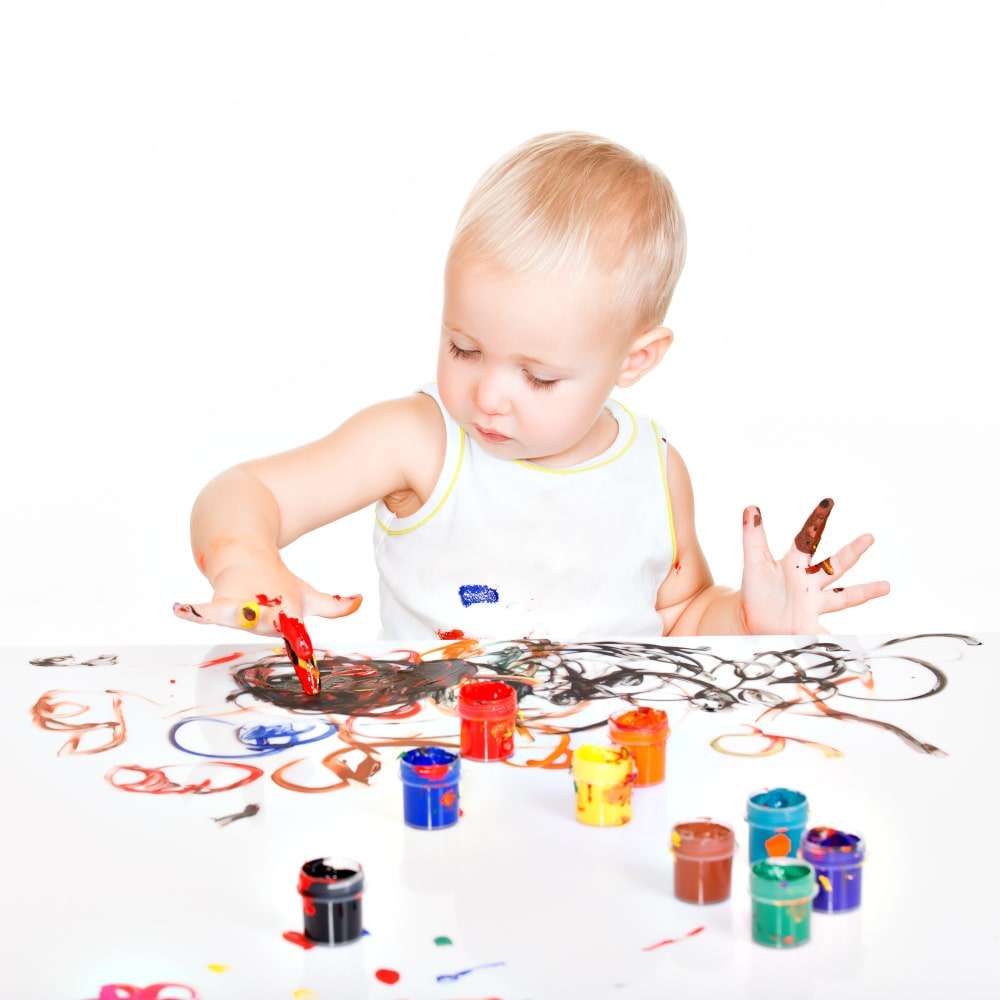
Messy play, often referred to as sensory play, is an approach to learning that encourages children to explore their world through touch, taste, smell, sight and sound. It involves hands-on activities that let kids get messy, promoting physical, emotional, and cognitive development.
Messy play isn’t just about making a mess; it’s about fostering creativity, sensory development, and learning in children. It’s a crucial aspect of childhood development that every parent should embrace. As parents , we often find ourselves cleaning up after a whirlwind of paint, water, or sand, but there’s magic in the mess.
Messy play is more than just a way to keep kids occupied; it’s an essential part of their journey towards understanding the world around them.
How to prepare for the Mess ?
Understanding the Age Group
Different age groups require different types of messy play activities. Toddlers may enjoy finger painting, while older children might prefer science experiments involving mixtures and substances.
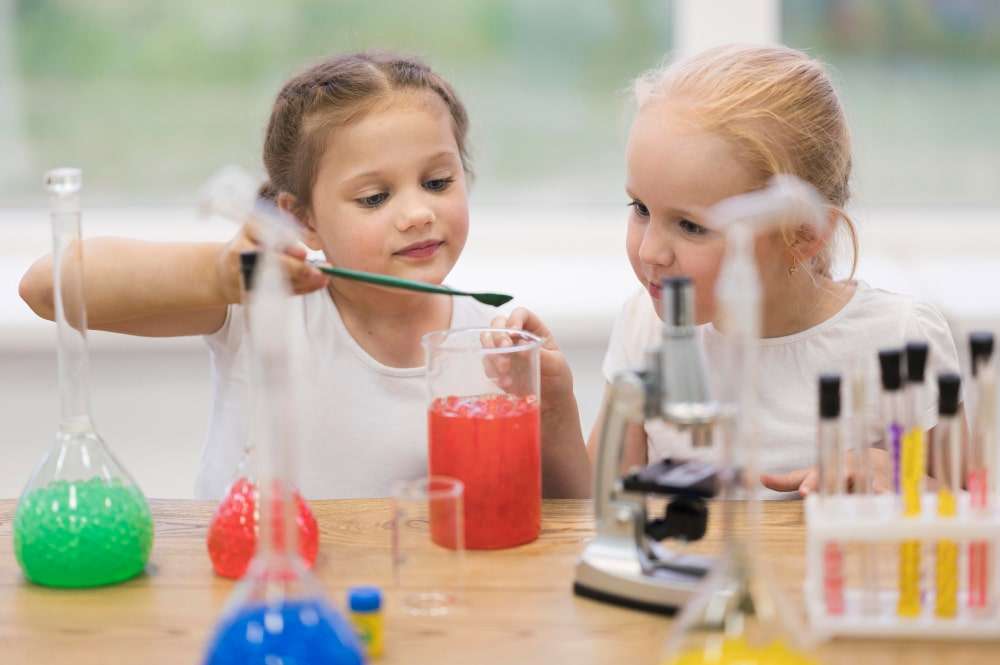
Indoor vs. Outdoor Activities
While some messy play activities are better suited for the great outdoors, there are plenty of creative options for indoor play as well. Parents can choose based on their space and weather conditions.
Easy-to-Find Household Items
Parents often appreciate ideas that use common household items, such as flour, water, and food coloring. These activities are not only cost-effective but also easily accessible.
Themed Messy Play
Themed messy play adds an extra layer of excitement for kids. Parents can align activities with seasons, holidays, or their child’s favorite themes.
Sensory Play
Messy play enhances sensory development in children. Activities involving textures, smells, and sounds can stimulate a child’s senses and encourage exploration.
Safety First
Safety is paramount when it comes to messy play. Parents should always supervise, and age-appropriate materials must be used to ensure a safe and enjoyable experience.
10 Cool Messy Activities for Children
1. Sensory Slime Adventure
Making Slime at Home
One of the messiest and most enjoyable activities for kids is making their own slime. Gather ingredients like glue, borax, and food coloring to create a sensory slime adventure. This DIY project will engage your child’s creativity and provide hours of squishy, slimy fun.
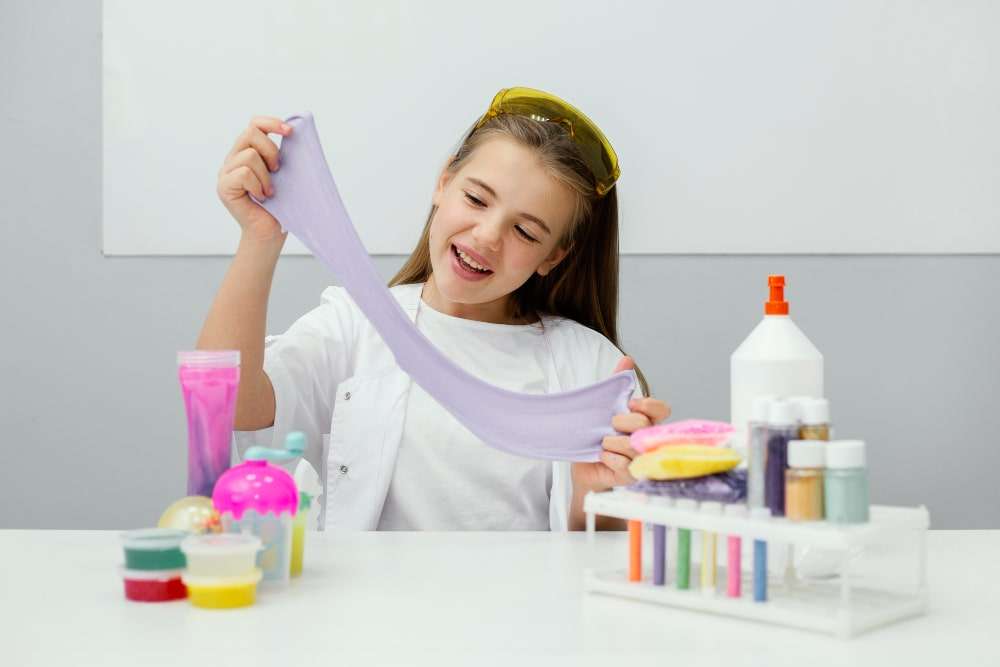
2. Finger Painting Fiesta
Exploring the World of Colors
Let your child’s inner Picasso shine through by organizing a finger painting fiesta. Provide a variety of vibrant paint colors and let them express themselves on paper or canvas. Not only will this unleash their artistic talents, but it will also enhance their fine motor skills.
3. Mud Pie Masterpiece
A Day of Muddy Creativity
Transform your backyard into an outdoor art studio by encouraging your kids to create mud pies. With a little dirt, water, and some leaves or pebbles for decoration, they can craft their own messy masterpieces. It’s a wonderful way to connect with nature while having fun.
4. Playdough Palooza
Shaping Imagination with Playdough
Playdough offers endless possibilities for creativity. Organize a playdough palooza where kids can mold, shape, and design their own imaginative creations. The tactile experience enhances their sensory development and hones their fine motor skills.
5. Water Balloon Splash
Cooling Off with Water Fun
On a hot day, nothing beats a water balloon splash. Fill balloons with water and let the kids have a blast throwing them at targets or each other. It’s a refreshing way to cool off and enjoy some outdoor fun.
6. Rainbow Rice Sensation
Exploring Textures with Rainbow Rice
Dye rice in various colors and textures, and let your child dive into a rainbow rice sensation. They can scoop, pour, and even hide small toys in the rice. This activity enhances their sensory awareness and introduces them to different textures.
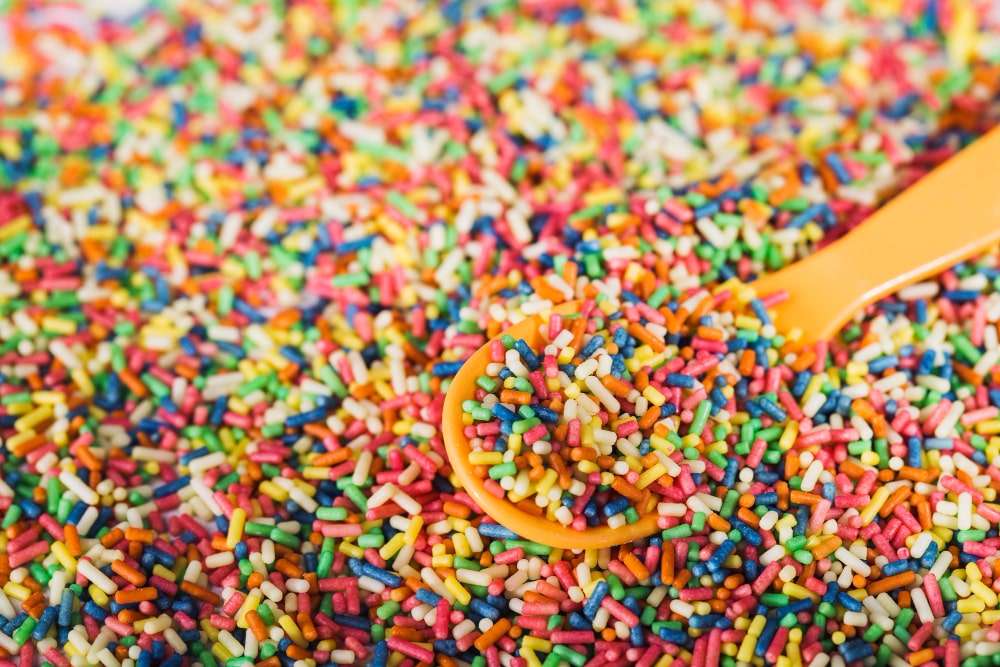
7. Messy Art with Shaving Cream
Creating Whimsical Art
Shaving cream isn’t just for grooming – it can also be a fantastic tool for creating whimsical art. Spray some shaving cream on a tray, add drops of food coloring, and let your child swirl, mix, and create colorful masterpieces.
8. Fruit and Veggie Stamping
Artistic Exploration with Nature’s Tools
Turn fruits and vegetables into artistic tools by dipping them in paint and stamping them onto paper. It’s a unique way to explore textures and shapes while making beautiful prints.
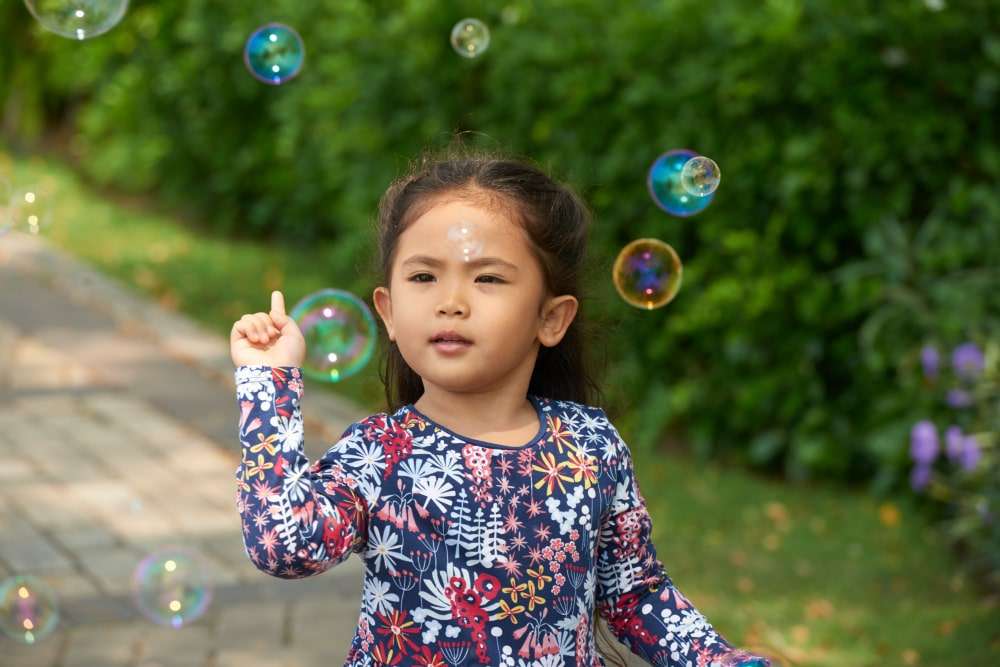
9. Bubble Bonanza
The Magic of Bubbles
Kids are fascinated by bubbles, and a bubble bonanza is the perfect way to indulge their curiosity. Create a bubble solution and provide various bubble wands for them to experiment with. Watch their faces light up as they chase and pop bubbles in the backyard.
10. Edible Playdough Delight
Tasty Creations in the Kitchen
Edible playdough is not only fun but also safe for little ones who like to taste everything. Create a batch of edible playdough using simple ingredients like peanut butter and powdered sugar. Your kids can shape and eat their creations!
The Benefits of Messy Play:
Messy play isn’t just about having fun with paints, mud, or sand; it’s a dynamic learning experience that offers a plethora of benefits across various aspects of child development.
Physical Benefits:
Strengthens Fine and Gross Motor Skills: Engaging with messy materials, whether it’s squeezing a sponge or scooping sand, helps children refine their fine motor skills. These activities demand precision and control. Meanwhile, activities like jumping in puddles or digging in the mud enhance gross motor skills as kids develop strength, balance, and coordination.
Enhances Hand-Eye Coordination: Many messy play activities require children to manipulate objects, coordinating their hand movements with their visual perception. This fundamental skill is crucial for tasks like handwriting, sports, and daily activities.
Develops Muscle Control and Grip Strength: Pouring, scooping, and squeezing materials during messy play exercises muscles and enhances grip strength. These developments are beneficial for tasks like holding a pencil or using utensils.
Cognitive Benefits:
Encourages Problem-Solving and Critical Thinking: When children experiment with different materials and textures, they encounter challenges and opportunities for problem-solving. This fosters critical thinking and decision-making skills as they explore cause-and-effect relationships.
Stimulates Creativity and Imagination: Messy play is an open canvas for imagination. Whether they’re sculpting clay or mixing colors, children are free to express themselves creatively, enhancing their imaginative abilities.
Promotes Language Development Through Descriptive Play: As children engage in messy activities, they often describe their experiences using rich and descriptive language. This enhances vocabulary, communication skills, and the ability to express thoughts and feelings.
Emotional and Social Benefits:
Boosts Self-Confidence and Self-Esteem: Successfully navigating messy play challenges builds a sense of accomplishment and self-confidence in children. It encourages them to explore and take risks.
Fosters Social Interaction and Cooperation: When children engage in messy play with peers, they learn to share, negotiate, and cooperate. These social skills are invaluable for building positive relationships with others.
Helps Children Learn to Cope with Different Textures and Sensations: Exposure to a variety of textures and sensations during messy play helps children become more adaptable and less sensitive to unfamiliar sensory experiences, contributing to emotional resilience.
Messy play is an enriching experience that goes far beyond mere mess-making. It plays a vital role in developing a well-rounded, confident, and imaginative child, equipped with the physical, cognitive, emotional, and social skills needed for a successful and fulfilling life.
Safety Tips for Messy Play :
While messy play is incredibly beneficial and enjoyable, it’s essential to prioritize safety to ensure a positive experience for both you and your child. Here are some safety tips:
- Always use non-toxic and child-safe materials: Make sure that all paints, playdough, and other materials are labeled as safe for children and free from harmful chemicals.
- Supervise closely, especially when dealing with small objects or edible materials: Keep a watchful eye on your child during messy play to prevent any potential choking hazards or unsafe activities.
- Dress children in old clothes or provide smocks to protect their clothing: Messy play can get, well, messy! Dressing your child in old clothes or providing protective smocks can save their favorite outfits from stains and damage.
- Ensure the play area is easy to clean, and have cleanup supplies on hand: Designate a play area that is easy to clean, such as a kitchen or outdoor space. Have water, soap, towels, and cleaning supplies readily available for quick cleanup after the messy play session.
By following these safety tips, you can ensure that messy play remains a safe, enjoyable, and enriching experience for your child. It’s all about striking a balance between exploration and safety to create lasting memories and foster development.
Through finger painting, edible mud, sensory bins, and so much more, you’ll create lasting memories and watch your child’s development soar. Messy play is not just a childhood adventure; it’s a stepping stone to a lifetime of creativity and discovery.
Messy play isn’t just about making a mess; it’s about fostering creativity, curiosity, and learning in children. It’s a journey of exploration, discovery, and joy that leaves a lasting impact on their development. So, don’t be afraid to let your kids get a little dirty.
Always supervise your child during messy play.
FAQs
Is messy play safe for all ages?
Messy play can be adapted for different age groups, ensuring that it’s safe and age-appropriate for your child. Use age-appropriate materials and avoid toxic substances.
What are some educational benefits of messy play?
Messy play can enhance a child’s sensory development and promote learning in areas like math, science, and language.
How can I clean up after messy play activities?
Keep cleaning supplies handy, and involve your child in the cleanup process to teach responsibility.
Are there any educational benefits to messy play?
Yes, messy play helps with sensory development, fine motor skills, and encourages creativity and problem-solving.
Can I make messy play materials at home?
Absolutely! Many messy play materials can be made with household items, making it budget-friendly.
How often should I incorporate messy play into my child’s routine?
You can enjoy messy play as often as you and your child like. It’s a great way to keep them engaged and excited about learning and exploring.
